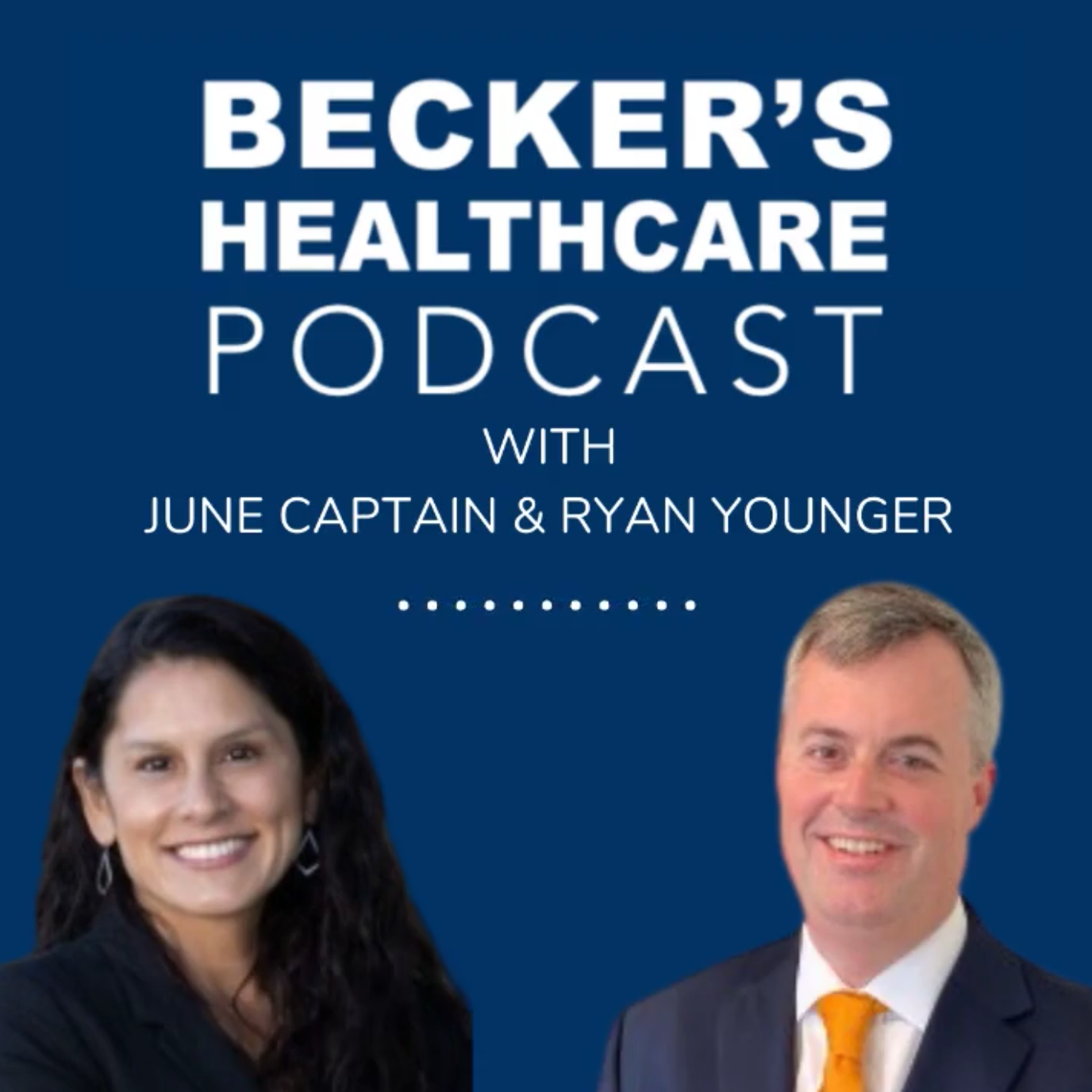HUB23 Speakers: Use empathy to partner better with teams and patients
Speakers at NRC Health’s Human Understanding Beyond | HUB23 helped conference attendees engage and transform healthcare together. Here’s a recap of some of the sessions in our fundamentals track:
The Art of Leadership Rounding: Influencing and Inquiring About Experiences, presented by the Nobl and Wellstar Health team of Jason Rau, Chief Growth Officer of Nobl; Katie Haifley, CPXP, Co-Founder and COO/CMO of Nobl; and Dana Caviness, Assistant Vice President of Patient Experience Operations at Wellstar Health System.
Leadership rounding on patients is a best practice, but the soft skills behind the practice are often overlooked. Mastering the skills behind a purposeful round involves inquiring about the experience while gently influencing it.
“Master rounders take a human-centered approach to influence and inquire about experiences through leader rounds,” says Haifley.
Human Understanding in Practice, presented by the Nemours Children’s Health team of Peggy Greco, Ph.D., Chief Patient Experience Officer, and Daria Young, CPXP, Patient Experience Clinical Partner.
The importance of measuring Human Understanding cannot be underestimated. Learning to identify variations in Human Understanding based on patient-experience data from various sources has significant health implications, so how can you design a plan to optimize Human Understanding for all?
“For our team, it goes beyond simple care,” says Greco. “They want to connect with patients and families, they want to take care of them, and they want to change their lives. You can understand, but it’s really showing and doing something different that makes the difference.”
Patient-experience data also has the unique attribute of directly reflecting the patient’s perspective. These insights are key to identifying gaps in the patient experience, resulting in a more inclusive and equitable healthcare environment.
Partner With Me: Healthier Happens Together, presented by the Hawai’i Pacific Health team of Shilpa Patel, MD, Senior Vice President and Chief Quality Officer; Xuchyll Ann Roman, Patient Experience Manager; Bryce Watanabe, MBA, Director of Patient Experience; and Alison Zecha, Senior Advisor, Executive & Leadership Coaching; along with Toya Gorley, Improvement Advisor with NRC Health.
Out of most industries, healthcare expectations carry the highest expectations from consumers. Patients want to be treated as more than a number and be recognized as a person through a caregiver’s words and actions. They want providers to see the big picture of their lives and respect their entire journey—including the payment and healing process.
At Hawai’i Pacific Health, caregivers believe in mission first, people always. After watching their staff become depleted and exhausted from COVID, they implemented a comprehensive strategy to address the well-being of caregivers so they could relate better to each other and provide better Human Understanding to their patients.
“We need to combine the patient-experience piece with employee engagement—because they cannot be separated—as well as a culture of safety,” says Patel. “It’s important to create a culture where people can ask for help or admit they made a mistake.”
Patient Experience Strategic Roadmap: Improvement Structure, Oversight, Accountability, presented by the Children’s Hospital Los Angeles team of Lisa T. Schiller, MS, CPXP, Director of Patient Experience, and Gwen Webster, Senior Analyst of Patient Experience.
Children’s Hospital of Los Angeles brings an open book to its strategic roadmap and goal-setting strategy, which includes its historical patient-experience performance and examples of patient-experience improvement initiatives and innovation for its future state.
Among the organization’s patient-experience innovations is a relationship with the second-largest school district in the country to serve 500,000 students at school through telehealth, nurse, or physician visits.
“One thing that will never change, no matter how innovative we are or how many digital tools we use, no matter how big and wide we expand—it’s about connecting with one patient at a time,” says Schiller. “Twenty-five years from now, everyone will want the exact same things.”
Workforce Healing & Recovery: A Pathway Forward with Empathy Education to Improve the Patient Experience, presented by Helen Riess, MD, Founder & CEO of Empathetics Inc. and Associate Professor of Psychiatry at Harvard Medical School; Marla Arata, MAC, MFT, Physician Wellness Committee Chair at Gould Medical Group; and Adam Dodd, MD, Medical Director of Quality & Patient Experience at Gould Medical Group.
This deep-dive explained why leadership should adopt an empathetic model to foster organizational safety and trust for a positive patient experience, which provides both organizational stability and loyalty.
“We want to get beyond transactional medicine and back to kindling that fire of purpose, meaning, and belonging that makes people love their jobs again,” says Riess.
Data—It’s Not Just for Dashboards: Operationalizing Data for Improved Patient Experiences, presented by Joseph Snipp, Vice President of Patient Experience & Consumerism at Aspirus Health.
Snipp discusses what’s wrong with most data displays and how to use data to inspire change, connect to purpose, present proof of concept, highlight perception vs. reality, and develop new stakeholders.
“The biggest criticism of the measurement is that it feels like a pass/fail test, but it isn’t,” he says. “In the reality of the ratings, it’s not about fixing problems; it’s about consistency with small but significant things.”
Too often, organizations use their PX data as a scorecard but don’t push the data further. Posting relevant data and focusing on using data to illustrate wins makes the data part of the cause/effect relationship feel less punitive.


